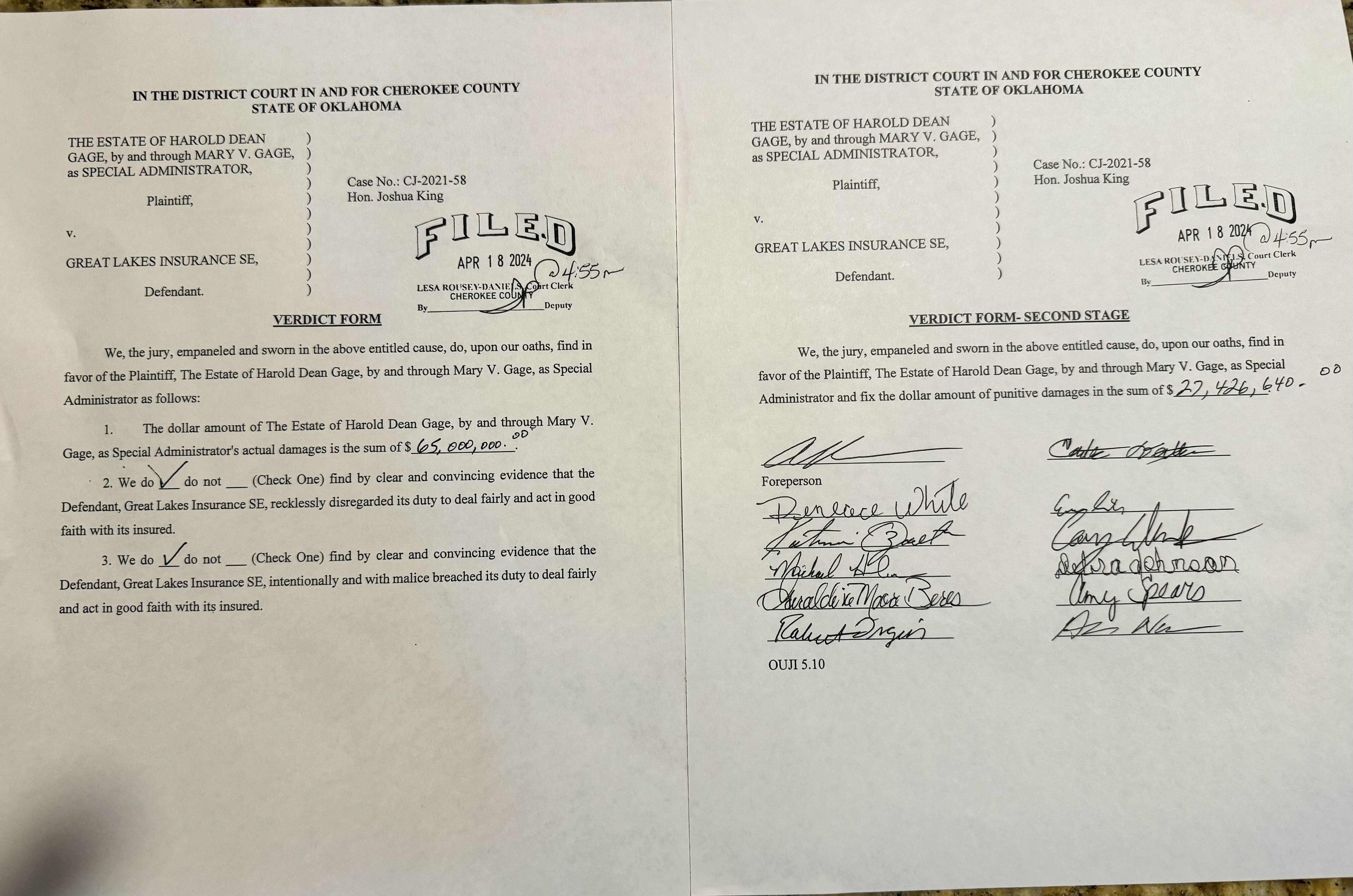WHAT CAN A PERSON EXPECT IF THEIR CLAIM IS NOT SETTLED AND A LAWSUIT IS FILED?
Although a lot of work can go on behind the scenes before a lawsuit is filed, sometimes insurance companies and the responsible parties aren’t reasonable. This leaves a client in the position of deciding what to do – settle or file a lawsuit. The litigation process means the formal legal process of resolving disputes within the court system. If a lawsuit is filed against the responsible parties, what can you expect if you have Toon Law Firm as your lawyers? For starters, you can expect to be kept in the loop throughout the process.
THE USUAL 5 PHASES AFTER A LAWSUIT IS FILED
There are typically five phases to the litigation process: pleadings, discovery, motions, trial, and appeal. In the example of a car wreck, in order to initiate a lawsuit, we will file the Petition in state court or the Complaint in federal court. These are the initial documents wherein we make allegations against the parties involved. Depending upon the nature of the case and strategy, pleadings can range from a few pages to 50 pages or more. You will be referred to as the plaintiff. The people or companies sued will be called the defendants.
SERVING THE DEFENDANTS
Once the initial pleading is filed, we must properly deliver the lawsuit papers to the defendants. This is called obtaining service on the defendants. If we file in state court, then we will have 6 months to obtain service on the defendants pursuant to Okla. Stat. tit. 12, § 2004(I). If we file in federal court, we have 90 days to obtain service on the defendants. Rule 4, Fed. R. Civ. P. (2017). Once service is obtained on the defendants in state court, the defendants have 20 days to file their answer in state court. Okla. Stat. tit. 12, § 2012. If service is obtained on the defendants in federal court, the defendants have 21 days to answer. Rule 12, Fed. R. Civ. P. (2009).
THE DISCOVERY PHASE
Once the defendants file answers, we will move into the discovery phase of litigation. Depending on the case and the number of parties, this phase can vary in the time needed to complete the discovery tasks. In most instances, discovery begins with the parties exchanging written discovery requests called Interrogatories. This is simply a written request to answer written questions. There are also written requests called Requests for Production of Documents. This is simply written requests for a defendant to provide items such as documents, photographs, records, videos, memos, etc. Another written form of discovery is called Requests for Admission. This is simply a written request for a defendant to admit certain facts. The parties that receive the written requests have 30 days to respond. In many cases, defendants object to numerous requests for written answers and documents. In those cases, we file motions to compel with the court. A motion to compel is simply a document we file with the court wherein we request a court order against the other side to properly respond to the discovery requests.
In addition to written discovery requests, we often serve subpoenas on non-parties requesting they produce documents and information. In some cases, we will also send out Freedom of Information Act requests to any governmental agencies that may have relevant documents and information. For example, in car-wreck cases we will usually request the police report, photographs and dashcam video from the investigating agency. In medical malpractice cases, we often contact the appropriate governing boards to obtain files for the defendants, which can include nurses, doctors, and pharmacists.
Once the initial round of written discovery is completed, the next step is usually to take depositions of the parties and any witnesses (sometimes, we take depositions before the initial round of written discovery is completed.) During a deposition, an individual, or a representative of a company, is placed under oath. While under oath, the person answers questions from the opposing party’s attorney. Depositions can last anywhere from less than 1 hour to a couple of days. The length of the deposition largely depends upon the witness and the nature of the case. It is not uncommon for depositions to reveal that the defendant has illegally not provided all of the pertinent documents or information. When this happens, we can file a motion with the court to get an order forcing the defendant to properly respond to our written discovery requests.
MOTIONS FOR SUMMARY JUDGMENT
Once the discovery phase is completed, each of the parties typically file various motions. One kind of common motion is called Motion for Summary Judgment. A motion for summary judgment can be a big part of each case. In the motion, the party provides the court with the evidence they believe proves they are entitled to a ruling in their favor before the case ever goes to trial. Once all motions and responses are filed, the court will often have a hearing where each party can argue the merits of the motion and address questions from the judge. The Court will sometimes make a ruling during the hearing; other times, the ruling from the Court comes after the hearing.
THE PRE-TRIAL CONFERENCE
Depending on what happens with various motions for summary judgment, the next step is usually a pre-trial conference. At the pre-trial conference, the court will be provided with a proposed Pre-Trial Order, where both parties advise the court of the legal issues, the witnesses they intend to call, and the evidence intended to be presented. The court will also set the case for trial. In addition, the court will provide the parties with a briefing schedule to file motions to exclude various things from the trial, called motions in limine, where each side seeks to exclude witnesses and exhibits and anything else the party wants excluded from the trial. While there are routine motions in limine that are filed in every case, each case will typically have crucial pieces of evidence that one side will want to keep from the jury, arguing the evidence is not proper to be heard under Oklahoma law. For example, in a trucking lawsuit, if the truck driver has been convicted of a felony, the lawyer hired by the insurance company may file a motion to exclude the evidence. The usual argument from insurance defense lawyers is that the evidence is more prejudicial than probative.
Before trial, the court will usually hold a hearing to address the motions in limine filed by both sides. Sometimes, the court will simply make its rulings on the briefs filed by the parties without a hearing. Because the rulings on motions in limine can severely impact the way the case is presented to the jury, all parties usually prefer the court’s rulings to occur well in advance of trial. However, there are occasions where the court provides its rulings on the first day of trial or even during trial.
TRIAL
A trial can take anywhere from a day or 2 to more than a month, depending upon the complexity of the issues. Most civil trials take less than a week. The trial begins with voir dire, which is just a fancy phrase for jury selection. During jury selection, the lawyers for each party are allowed to ask potential jurors questions to determine if anyone has a bias that would prevent them from being a juror in that particular case. Once voir dire is complete and a jury is selected, both parties present their opening statements to the jury. The opening statement is where the attorney provides the jury with information as to what the case is about and what evidence they will present at trial. As the plaintiff, we have the burden of proof, so we get to present our opening first.
Once opening statements are completed, we will present our witnesses and exhibits to the jury. Each witness will be called to testify under oath. Witnesses will provide the jury with the facts through their testimony and exhibits. The defendant(s) will have the opportunity to cross-examine each witness and present exhibits. After we present all witnesses and exhibits, we inform the court that we rest our case. If the other side has any, the defendant will then present their witnesses and exhibits.
Once the defendant’s case is completed, the court will hear arguments about what specific instructions will be given to the jury. Jury instructions contain the applicable law the jury will consider in the case. Both sides typically agree on many of the jury instructions to be presented. However, each party usually has additional instructions they believe should be provided to the jury. The court makes the final decision on the set of jury instructions that will be provided. The next step is where the court reads the jury instructions to the jury.
After the jury hears the instructions, the parties provide their closing arguments. In their closing arguments, attorneys will argue how the facts and the pertinent law as provided in the jury instructions entitle the party to a verdict in their favor. Like opening statement, we will provide our closing argument first. The defendant(s) will then provide their closing argument. As the plaintiff, we will have the final word with the jury and will get to provide a second part of closing if we choose.
After closing arguments, the jury will deliberate. This is where the jury decides who wins. Like everything else in the course of litigation, deliberations can vary in how long it takes for the jury to reach a verdict. Jury deliberations in civil cases usually take less than 6 hours to reach a verdict.
This is a broad overview of the litigation process. There are a lot of things that go on behind the scenes – whether it’s to try and reach a settlement outside of litigation or whether it’s to file a lawsuit. Contact the lawyers at Toon Law Firm for a free consultation at 918.477.7884.




